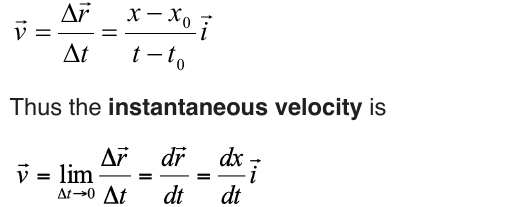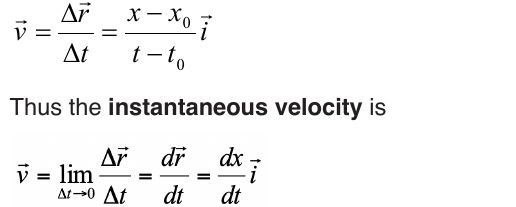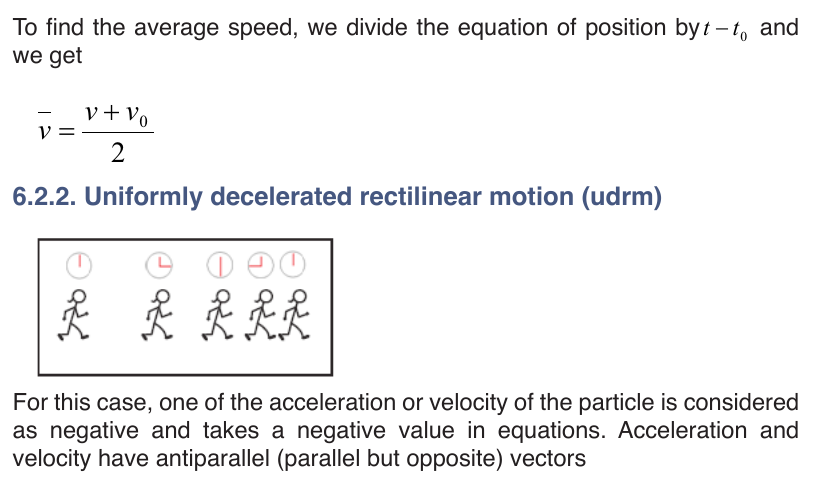UNIT 6: MOTION ON A STRAIGHT LINE

In our daily lives, we come across various objects moving from one point to
the other. The objects are said to be in motion. People, animals and machines
are from time to time involved in motion in different directions. Motion in a
straight line is called linear motion.
In this unit, we are going to study linear motion. We shall pay attention to the
time taken, distance covered, speed, velocity and acceleration of the motion
and their relationships.
There are two types of linear motion namely: uniform motion and non-uniform
motion.
Uniform motion
In this motion, the speed of the moving remains the same or constant.
Non-uniform or uniform accelerated motion
In this motion the speed of an object changes at a constant rate, a goodexample is the free fall.
6.1.1. Distance and displacement
Distance
Distance is the total length of the path followed by an object, regardless of
the direction of motion. It is a scalar quantity and measured in units of length.
The SI unit of distance is the metre (m). Long distances may be measured in
kilometers (km) while short distances may be measured in centimeters (cm)
or millimeters (mm).
It should be noted that in determining the distance between two points, the
direction at any point along the path is not considered. The direction alongthe path may keep on changing or remain constant.
Displacement
Displacement is the object’s overall change in position from the starting to
the end point. It is the shortest distance along a straight line between two
points in the direction of motion. The SI unit of displacement is the metre (m).
To fully describe displacement, you need to specify how far you have
travelled from where you started and in what direction you have travelled.
For example, point A is 100 kilometres Northwest of point B. In diagrams,
an arrowhead indicates the direction of motion (. Displacement is a vectorquantity.
6.1.2. Average velocity and instantaneous velocity
velocity or speed may be defined as the rate at which something happens,
moves or functions within a time interval, that is, how fast is a progress,
movement or an operation. In general, the average speed of an object is
defined as the covered distance divided by the time it takes to travel this
distance.
Suppose that an object is moving on X-axis so that at an instant t 0 , the
object is at point (coordinate) x0, and at another later instant t the object is
at point x.
















One of the most common examples of uniformly accelerated rectilinear
motion is that of an object allowed to fall freely near the Earth’s surface.
For free fall, Galileo postulated that: “at a given location of the Earth and in
the absence of air or other resistance all objects fall with the same constant
acceleration”. In the free-fall motion air resistance is negligible and the action
can be considered due to gravity alone.
We call this acceleration the acceleration due to gravity on the Earth, and
we give it the symbol g . Its magnitude is approximately g = − 9.8 m / s 2 . g
varies slightly according to latitude and elevation. The effects of air resistance
are often small, and we will neglect them for the most part. We will also
suppose that an object moves along Y-axis.
6.3.1. Object thrown downward
a. General condition
Suppose an object released to fall from a height y 0 . The vectors of g and
v0 are parallel. The following figure shows how the ball accelerates withinequivalent time intervals.




















